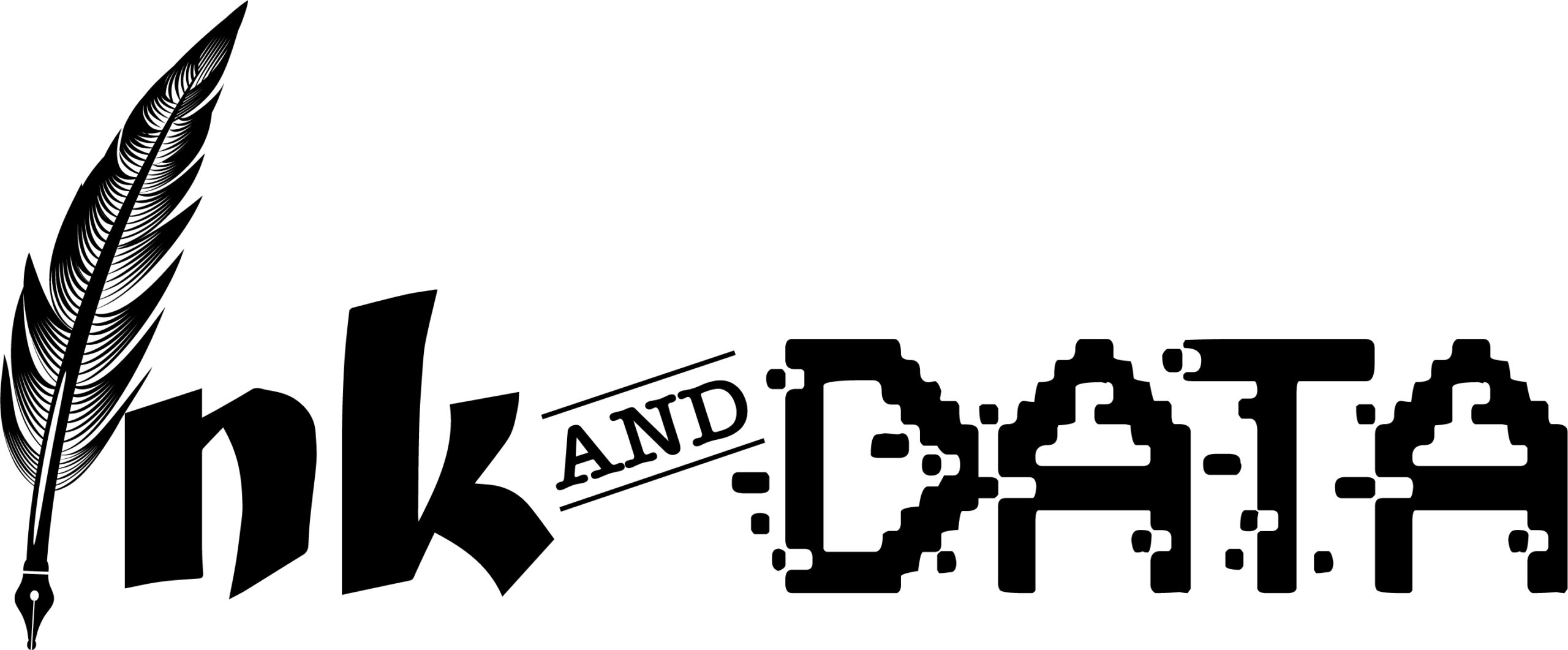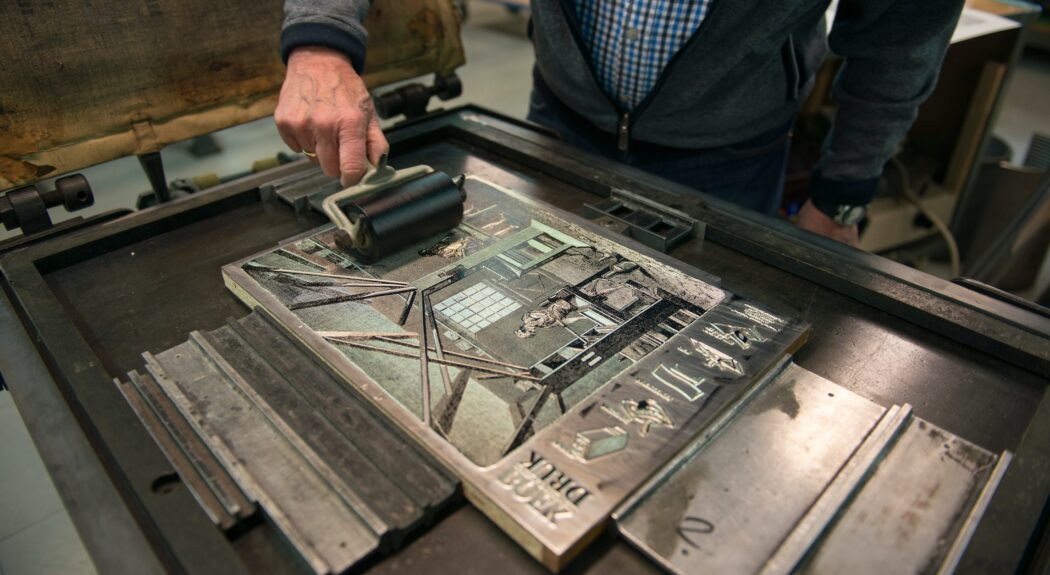In my first series of Flashback Friday posts on transactional printing, I wrote about line printers and the launch of production digital laser printers. If you needed extensive personal data on invoices or other communications, line printers were the go-to choice from the early 1950s until about the mid-1980s – when they were replaced by Digital Production Laser Printers.
Marketing or promotional communications have been around much longer. And remained a separate workflow from transactional communications until the 1990s, mainly because they couldn’t easily include personal information. They were primarily static documents printed in large quantities using lithography, a process in use for hundreds of years.
The purpose of this post is twofold. First, to highlight the promotional side of communications and document a couple of key changes that supported widespread use of promotional communications. Second, to highlight the point in time where new technologies blew apart both transactional and promotional communications, combining them in the many new and exciting communications we see today. Let’s start with a review of promotional printing.
Promotional: What do you want me to buy or do?
Promotional communications are typically marketing messages or some “call to action”. Traditionally, they have the following characteristics:
- Campaign-based, meaning they were scheduled as needed or desired
- Heavy use of color printing and graphics
- Little to no use of personal information
This last point is important. Promotional printing originally created static pages where the information was the same on every page. The general workflow for promotional printing has also been around for over 500 years. You create a page using movable type (or a plate) and print many copies with it.
Where did it start?
The first movable type press was created in China around 1040, using porcelain characters. Until then, every document was copied manually – a slow and expensive process which kept information in the hands of the few people who could afford books.
A significant milestone occurred when Johannes Gutenberg introduced the first mechanical movable type letterpress to Europe around 1450, with innovations in the casting of metal type. The small number of alphabetic characters used in European languages also helped with the adoption of this letterpress technology. These changes allowed much faster and cheaper production of books, putting them in the hands of the general population. Here are a couple of pictures for you. The first is the actual Gutenberg letterpress; the second is an example of the movable metal type set up for a page.


The process was slow, given the amount of effort it took to build out a plate of type, as well as pressing the inked letters on one side of one piece of paper. But it was far faster than copying a book by hand. Look at the following video to get an idea of the effort involved:
Two key changes to the technology
Promotional printing was radically advanced by two concepts: lithography and offset printing. Let me highlight them below.
Lithography: Created around 1800, lithography is a process that initially used ink or gum to create an image on a plate of limestone. An acid was applied to etch the areas outside the image. Next water was applied and soaked into the etched portions of the limestone plate. Then ink was applied which would only stick to the imaged portion. Finally, paper was pressed onto the plate and the image was transferred. See the video below for the process:
One huge advantage here is the image could be hand drawn on the limestone. This included letters AND graphics. Once the stone was set up, you could use a press to transfer the images to paper. You could also reuse the stone by sanding off the top layer of the limestone plate and drawing a new image.
Offset Printing: The more modern process is called offset printing. This process transfers an image from a flexible plate on a roller, to a rubber blanket roller and then to the paper. Invented around 1900, and widely adopted by the 1950s, this technique still uses the principles of lithography to ink the image on the plate. But the blanket offset process results in a very high-quality image at a low cost of operation. Printing presses were also capable of full color printing using Cyan, Magenta, Yellow and Black (K) or CMYK colors in one pass. Look at the following video to understand offset printing:
Please understand, this is a simplification of the dynamic and ever-changing technologies and workflow processes used in promotional printing. Offset printing ended up as the most widely used technique for promotional printing.
Stay in your lane!
Promotional printing using offset presses and full color were pretty much standard by 1950. About the same time, line printers became standard for variable print. Both were in use through the mid-1970s, when digital laser printers started to replace line printers.
Flash forward to 1990. No widespread use of the Internet. No ubiquitous mobile phones. Very few people with desktop computers. Because of this, transactional and promotional communications stayed in their respective lanes. You need to print a lot of personal data? Your choice was lower quality transactional communications printed on line printers or digital laser printers. No need for personal data? You could use higher quality and low-cost promotional printing on offset presses.
Yet massive change was coming. The introduction of desktop computers, local storage of digital print files, and the launch of full color production level digital laser printers in the 1990s initiated a period of massive change – and the lines between promotional and transactional printing started to blur in significant ways. Combining these technologies with the Internet and mobile phones has led us to the highly personalized promotional and transactional communications we see and use daily. These changes are topics I’ll explore in future promotional printing posts.


No Comments